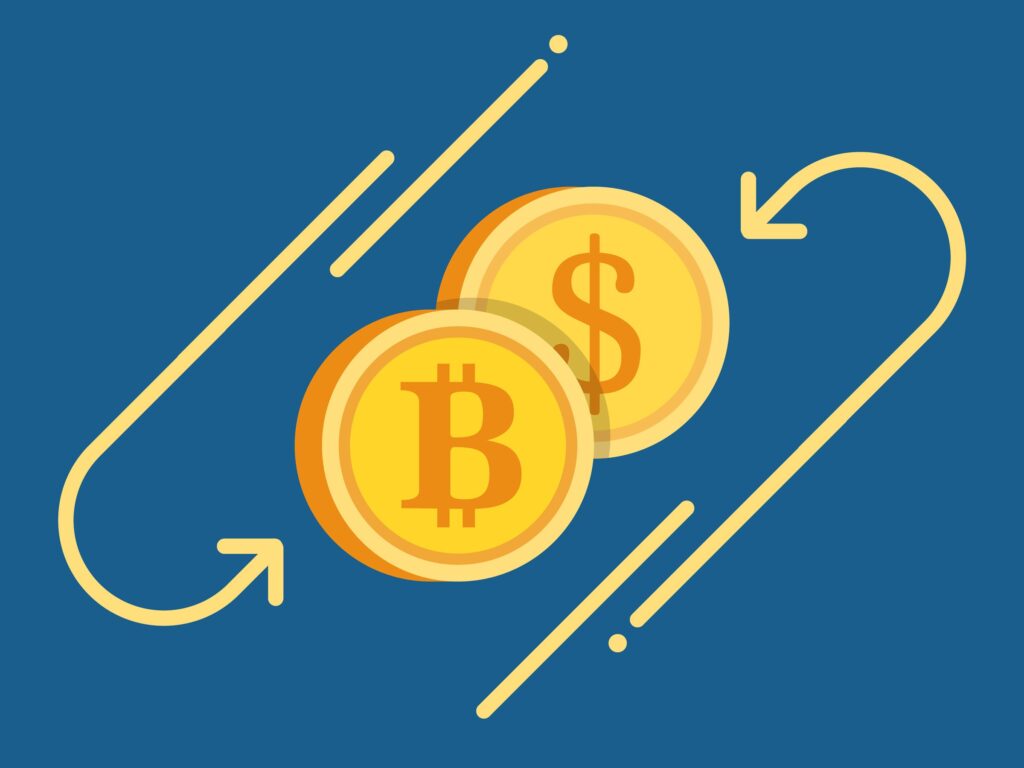Bitcoin, the leading cryptocurrency, has shown remarkable resilience and evolution in recent years, reflecting its pivotal role in the financial ecosystem. Recent market analytics reveal a complex picture of Bitcoin’s performance and potential. In 2024, Bitcoin’s price has experienced volatility but has generally trended upwards, with significant fluctuations influenced by macroeconomic factors, regulatory news, and technological advancements. One key trend in Bitcoin’s market is its increased institutional adoption. Major financial institutions and corporations have continued to integrate Bitcoin into their portfolios, not just as a speculative asset but as a legitimate store of value and hedge against inflation. This institutional interest has been driven by Bitcoin’s growing acceptance as ‘digital gold,’ reflecting its potential as a safe haven in times of economic uncertainty. Moreover, the approval of Bitcoin ETFs and futures contracts has provided more avenues for institutional and retail investors to gain exposure to Bitcoin, further stabilizing its market dynamics. Technological advancements have also played a crucial role in shaping Bitcoin’s market trends. The implementation of the Lightning Network, which aims to enhance transaction speed and reduce costs, has been a significant development.

This layer-2 solution addresses one of Bitcoin’s major scalability issues, making it more viable for everyday transactions and further driving its mainstream adoption. Additionally, the ongoing development of privacy features and smart contract capabilities on Bitcoin’s network suggests a future where Bitcoin could play a more integral role in decentralized finance DeFi applications. Regulatory developments are another critical factor influencing Bitcoin’s market behavior. The regulatory landscape for cryptocurrencies continues to evolve, with varying approaches from different countries. In regions with favorable regulatory frameworks, such as the United States and Europe, Bitcoin has seen increased legitimacy and integration into traditional financial systems. Conversely, in bitcoin news the countries with restrictive policies, Bitcoin’s market performance can be adversely affected due to reduced access and increased uncertainty.
Looking ahead, Bitcoin’s future investment potential remains promising, albeit with certain risks. The supply dynamics of Bitcoin, particularly its halving events that reduce the rate of new issuance, are expected to continue driving long-term value appreciation. Historically, these halving events have preceded significant price increases, and many analysts anticipate that the next halving could similarly influence market trends. However, investors should also be mindful of potential volatility, as Bitcoin’s price is susceptible to market sentiment shifts, technological disruptions, and regulatory changes. In summary, Bitcoin’s market analytics indicate a dynamic landscape influenced by institutional adoption, technological advancements, and regulatory developments. While Bitcoin’s historical performance suggests substantial future potential, investors should remain aware of the inherent risks and market fluctuations. As the cryptocurrency space continues to evolve, Bitcoin’s role as a leading digital asset with significant investment potential seems likely to persist, offering opportunities for both growth and diversification in a well-balanced investment portfolio.




